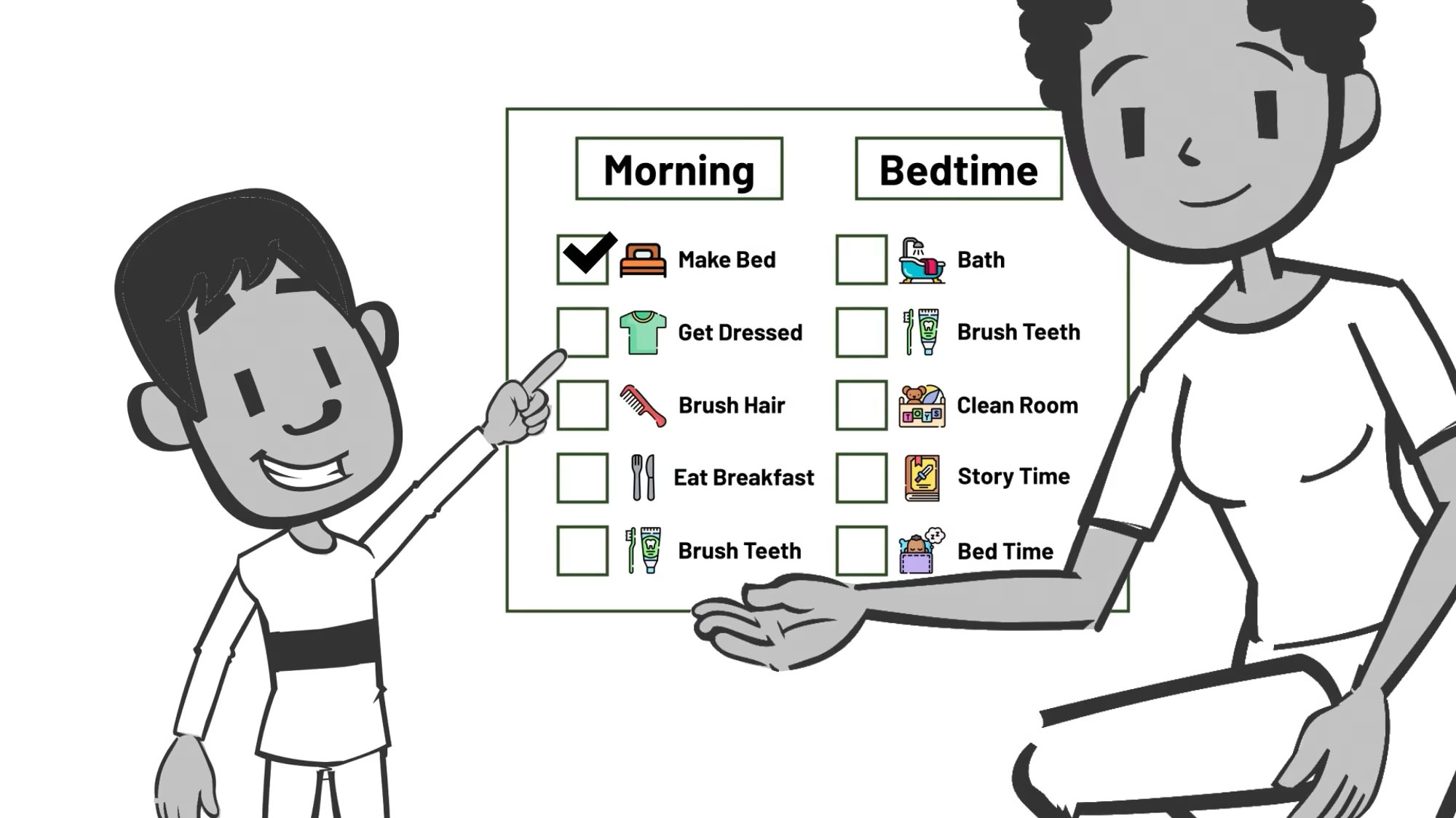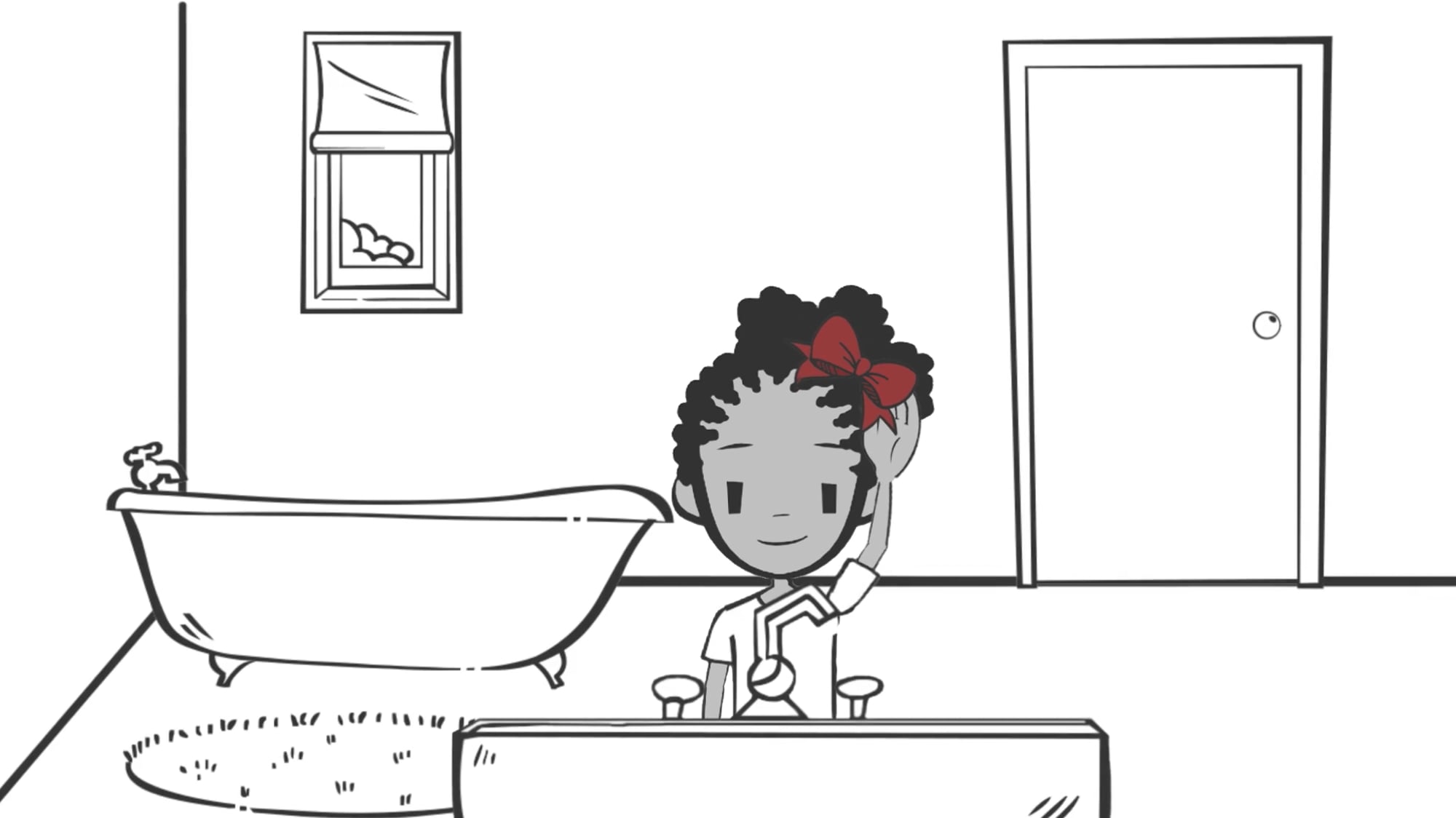Cooking with your preschooler can be a healthy, educational, and fun activity. Involving your child in cooking and other aspects of meal preparation helps them learn about food and nutrition and many life skills, like basic math skills and decision-making. You may be hesitant to bring your child into the kitchen due to some potential hazards; however, as a parent, you can determine what aspects of meal preparation your child is ready to manage under your supervision. When deciding what meal preparation tasks your child can safely complete, consider their developmental level, general abilities, and attention span. By providing age-appropriate tasks, using safe kitchen equipment, and throwing in a pinch of patience, you and your child can transform mealtimes into a joyful and memorable experience.
The benefits of preparing meals with your child:
- Engages the senses. Cooking can be a sensical experience beyond tasting the completed dish. Your child can feel the variety of textures among the vegetables and herbs used in the meal. They can smell the food aroma spread throughout the house. They can hear the food sizzling in the skillet and see the food transform from separate raw ingredients into a delectable meal.
- Builds early math skills. While helping you cook, your child can count the number of items needed for a recipe, identify the steps to complete the process, and get early exposure to measurements and fractions.
- Exposes your child to family culture and traditions. Food is traditionally ingrained in a community’s culture and heritage. Many families tend to pass recipes down through generations to celebrate their heritage and continue traditions. Inviting your child into the kitchen gives them an opportunity to spend time bonding with their parents and other family members while learning about and maintaining family traditions.
- Empowers your child’s voice and choice. Young children are eager to feel in control. When you encourage them to select ingredients or recipes for mealtimes, you can help them build their self-esteem, increase their sense of responsibility, and develop their confidence.
- Encourages your child to explore a variety of foods, flavors, and textures. Meal preparation ensures that your kid has time to explore the foods and ingredients in their own way. You can discuss the differences among the ingredients and even sample a few items to help your child develop a positive perception of the food.
- Increases your child’s likelihood of trying new foods. Cooking with parents can make food fun for children. Your child may be more willing to try foods from different food groups when they have helped prepare them.
- Engages your child’s creativity. Having your child help in the kitchen may give them an opportunity to tap into their artistic side. They may make funny shapes and characters with the ingredients or “paint” oil on the dinner rolls. Additionally, cooking may encourage your child to suggest a new and delicious mix of flavors.
- Teaches them food safety, cooking tricks, and hand hygiene. When your child cooks with you, they can learn important strategies about keeping raw foods separate from cooked foods, cleaning produce before cooking them, and continuing to wash their hands throughout the process to ensure food is safely prepared and served.
- Offers a sense of accomplishment and can boost your child’s confidence. When your child sees the completed dish in front of them, they can gain a sense of pride that they contributed to the meal in some way. Cooking allows them the opportunity to smile and say, “I did that!” and share that excitement with the rest of the family.
Safe ways your preschooler can assist with meal preparation:
- Select a new fruit or vegetable from the market to try at mealtime.
- Pick fresh herbs and vegetables from the garden or market.
- Help you grow your own produce in an outside or inside garden.
- Help you “read” a cookbook by turning the page.
- Wash and dry produce.
- Rinse canned beans.
- Pour ingredients into a measuring cup or spoon at your direction.
- Mix wet ingredients, dry ingredients, or batters.
- Sift dry ingredients.
- Add ingredients to recipes.
- Stuff ingredients into dough, bread bowls, or cored vegetables.
- Squeeze fruits (e.g., lemons, limes, oranges).
- Crumble and sprinkle cheese on top of baked dishes and salads.
- Brush butter or oil onto veggies or bread.
- Tear lettuce and toss salads.
- Add toppings to pizzas.
- Dip foods and set them on a platter.
- Mash potatoes with a potato masher.
- Beat egg yolks for scrambled eggs.
- Roll, knead, and shape dough.
- Cut dough with a cookie cutter.
- Place cookies on a cookie sheet.
- Spread icing over baked goods.
- Set the timer.
- Add dirty pans and unbreakable dishes to the sink or dishwasher.
- Wipe the countertop clean.
- Fill cups with ice and/or a beverage.
- Help set the dishes and utensils on the table.
- Remove unbreakable dishes and utensils from the dinner table.
- Help clean the unbreakable dishes and silverware by rinsing them.
Additional Resources
For ideas on how to make cooking with your child engaging and fun, including child-friendly recipes, try the following resources:
Download the Cooking to Thrive resource at https://thrive.psu.edu/resources/cooking-to-thrive/ to learn about healthy eating habits and recipes you can try with your family.
Find tips and resources to help your child develop healthy eating habits with MyPlate at https://www.myplate.gov/life-stages/preschoolers.
The USDA Kids in the Kitchen website at https://www.nutrition.gov/topics/nutrition-life-stage/children/kids-kitchen hosts a directory for recipes and resources on food safety and resources for families like yours.
References
Fernando, N. (2020, November 17). 5 great reasons to cook with your kids. Healthychildren.org. https://www.healthychildren.org/English/healthy-living/nutrition/Pages/Cooking-With-Your-Children.aspx#:~:text=Teach%20kids%20the%20importance%20of,safe%20and%20age%2Dappropriate%20tasks.
Garden-Robinson, J., & Smith, T. (2021, August). Now you’re cookin’: Meals with help from kids! North Dakota State University Extension. https://www.ndsu.edu/agriculture/extension/publications/now-youre-cookin-meals-help-kids
Gavin, M. L. (2021, November). Cooking with preschoolers. Nemours KidsHealth. https://kidshealth.org/en/parents/cooking-preschool.html
Healthychildren.org. (2018, April 26). 10 tips for parents of picky eaters.https://www.healthychildren.org/English/ages-stages/toddler/nutrition/Pages/Picky-Eaters.aspx
Malan, C., Bevan, S., & Savoie-Roskos, M. R. (2022, September). The benefits of including kids in the kitchen.Utah State University Extension. https://extension.usu.edu/healthwellness/research/benefits-of-including-kids-in-the-kitchen
National Heart, Lung, and Blood Institute. (n.d.). Chefs in training: Getting children involved in the kitchen.https://healthyeating.nhlbi.nih.gov/chefTraining.aspx?linkId=3
University of Illinois Extension. (n.d.). Cooking with children.https://extension.illinois.edu/sites/default/files/cooking_with_children.pdf









